Fujimoto Tsuki. Fujimoto Tsuki

Climbing rose (Latin name: Morden cvs. of Chlimbers and Ramblers) is a vine shrub of the Rosaceae subfamily. Its stem is soft and slender, like a vine or vine. It has no climbing organs and needs to be manually scaffolded or tied up to pull it upward. It can reach a height of 3~4m. The flowers are solitary or clustered, with a flower stem of 5.5~13.0cm. The flower shapes and colors are varied. The flowering period is long and it can bloom in three seasons. The clusters of flowers emit a strong fragrance when they bloom.
Climbing roses like sunlight. When there is insufficient sunlight, the stems become slender, weak, the flower color becomes lighter, and the number of flowers decreases. They like warm, leeward, and well-ventilated environments. They are suitable for growing in fertile, loose, well-drained moist soil. If the soil is too wet, the roots will easily rot.
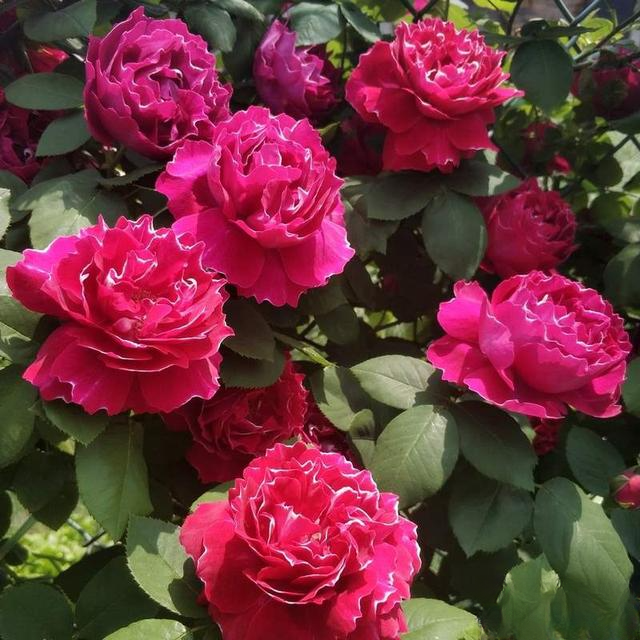
Chinese name
Fujimoto Tsuki
Latin name
Morden cvs.of Chlimbers and Ramblers
Other Names
Wisteria vine season, creepy vine season, creepy vine season
boundary
Plant Kingdom
Door
Angiosperms
Outline
Dicotyledons
eye
Rosales
division
Rosaceae
Genus
Rosa
English name
Climbing Roses
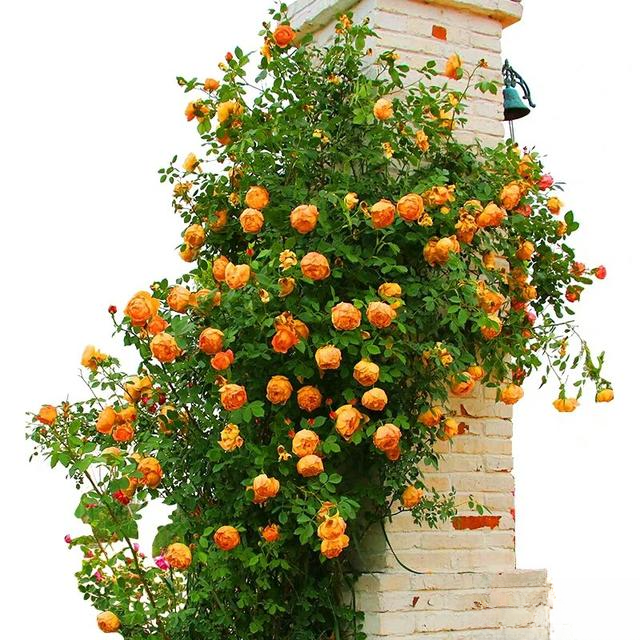
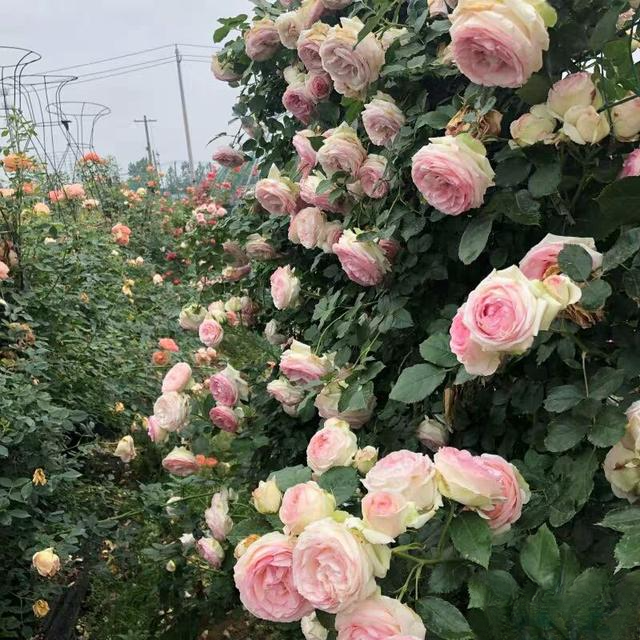
State characteristics
Fujimoto Tsuki
Climbing rose, subfamily Rosaceae, genus Rosa. Other names: climbing rose, climbing vine rose. Deciduous vine shrub, climbing with hooks on the stem or vines. Odd-pinnate compound leaves, 5 to 9 leaflets, small and thin, stipules attached to the petiole, a pair of upright spines near the pedicel, usually 5 ovate leaflets with fine teeth on the edge and sharp tips, alternate. Flowers solitary, aggregated or clustered.
There are many ways to classify climbing roses. According to their growth characteristics, they can be classified into upright and climbing types. Upright type: The branches are thick and can grow upright without relying on supports such as flower racks. The height is relatively low, generally between 1.5 meters and 2.5 meters. They can be used for flower hedges, flower barriers, flower walls, etc. Climbing type: It has slender stems and vines, ranging in height from 2.5 meters to 10 meters. It needs to rely on flower racks and pillars to climb up. It is mainly used for flower arches, flower corridors, flower columns, etc. According to its flowering habits, it can be classified into three categories: multi-season flowers, two-season flowers and one-season flowers. Multi-season flowers can bloom repeatedly during the growing season and bloom continuously until winter dormancy. Some of these vines not only bloom continuously, but also bloom in large quantities. They are the most suitable varieties for landscaping and have excellent beautification effects. For example, "Dortmund" and so on. After the two-season flowers bloom in May and June, they generally bloom in small quantities or not in summer and early autumn, and bloom again around the Mid-Autumn Festival, but the amount of flowers is far less than that in May and June. The seasonal flowers usually bloom in May or June and then stop blooming.
Climbing roses are deciduous shrubs, vine-like or creeping, with different postures and strong plasticity. The short-stemmed varieties have branches only 1 meter long, while the long-stemmed varieties can reach 5 meters. There are thorns of different densities on its stems, with straight thorns, oblique thorns, curved thorns, and hooked thorns, depending on the variety. The flowers are solitary, aggregated, or clustered, with flower stems ranging from 2.5 cm to 14 cm. The flower colors include red, pink, yellow, white, orange, purple, border colors, primary colors, double colors on the surface and back, etc., which are very rich. The flower shapes include cup-shaped, spherical, disc-shaped, and high cores. The flower colors include vermilion, scarlet, bright red, pink, golden yellow, orange-yellow, complex colors, pure white, border colors, primary colors, double colors on the surface and back, etc., which are very rich. The flower shapes include cup-shaped, spherical, disc-shaped, and high cores.
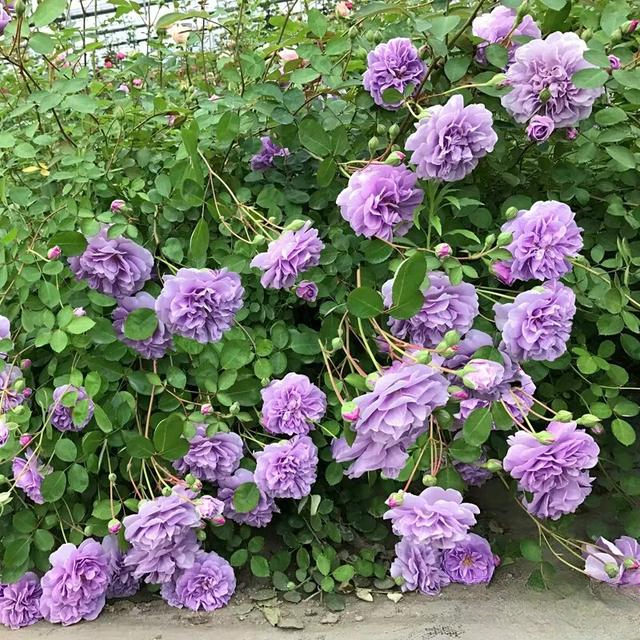
Long Habit
It is highly adaptable, cold-resistant and drought-resistant, and has no strict requirements on soil. It likes an environment with sufficient sunshine, air circulation, good drainage and shelter from the wind. It needs proper shade in midsummer. The most suitable temperature for most varieties is 15~26℃ during the day and 10~15℃ at night. It is relatively cold-resistant and will enter dormancy when the temperature is below 5℃ in winter. If the high temperature in summer continues to be above 30℃, most varieties will flower less, the quality will be reduced, and they will enter a semi-resting state. Generally, varieties can withstand low temperatures of -15℃. It requires slightly acidic soil rich in organic matter, fertile, loose, but the adaptability range of soil is relatively wide. The relative humidity of the air should be 75%~80%, but it can also be slightly dry or slightly wet. It has the characteristics of continuous flowering. It is necessary to keep the air circulated and pollution-free. If the ventilation is poor, powdery mildew is prone to occur. Harmful gases in the air, such as sulfur dioxide, chlorine, fluoride, etc., are toxic to roses.
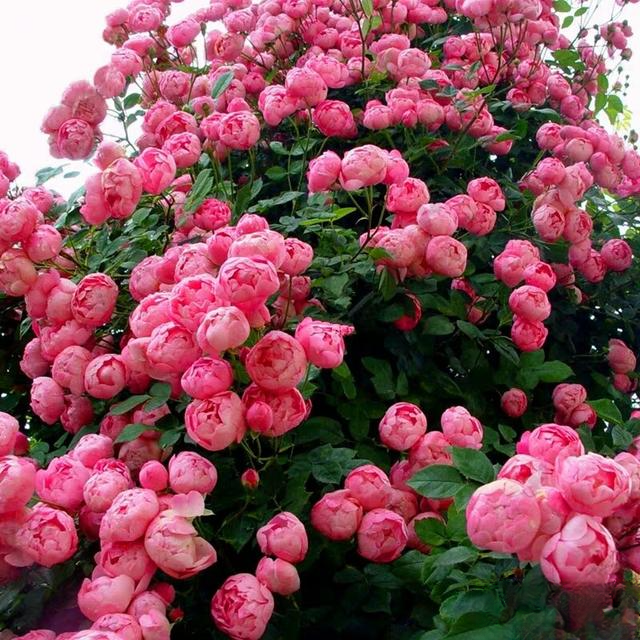
Climbing roses are difficult to survive by cuttings, so they are often propagated by asexual methods such as grafting. In the central Jiangsu region, wild roses are often used as rootstocks because they can adapt to harsh environments and are easy to survive. Branch, bud, and root grafting are all possible. For branch grafting, the rootstock must be stored in sand first. Bud grafting can be done all year round and buds can be taken and grafted at any time. The U-shaped grafting method is often used.
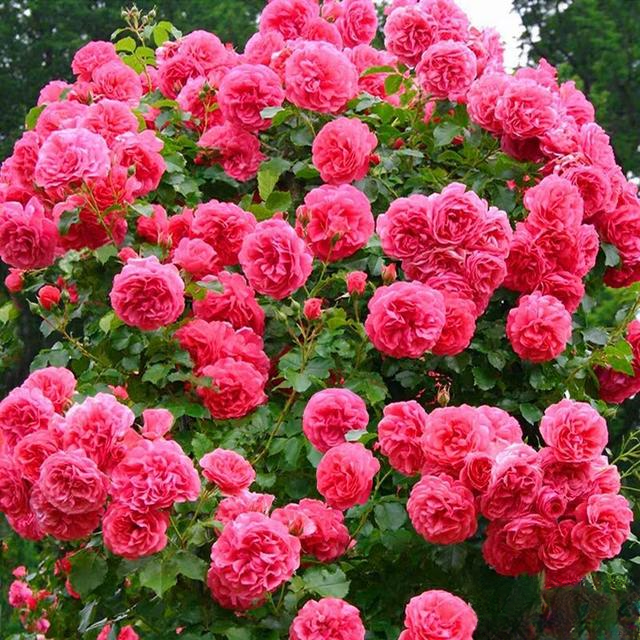
Light temperature
Climbing roses have wide adaptability and are not strict on soil requirements, but loose, fertile, and organic-rich soil is more suitable. It likes a warm, sunny, and well-drained environment. The best growth temperature is 15-25℃. It starts to dormant below 5℃, and the flower quality is poor above 33℃. When there is insufficient light, the stems and vines become thinner and weaker, the flowers become smaller, the number of flowers decreases, and the color becomes lighter. It is not tolerant to waterlogging. If the drainage is poor for a long time, it will cause poor growth and easy root rot. It likes fertilizer and water. Under the conditions of abundant fertilizer and water, the branches and leaves are lush and the flowers are colorful; on the contrary, the flowers become smaller and the color becomes lighter. It has strong drought resistance, cold resistance, disease and pest resistance, well-developed root system, strong growth, rapid branching, strong regeneration, and 7-8 main branches sprout per plant per year, and each main branch can sprout several side branches.
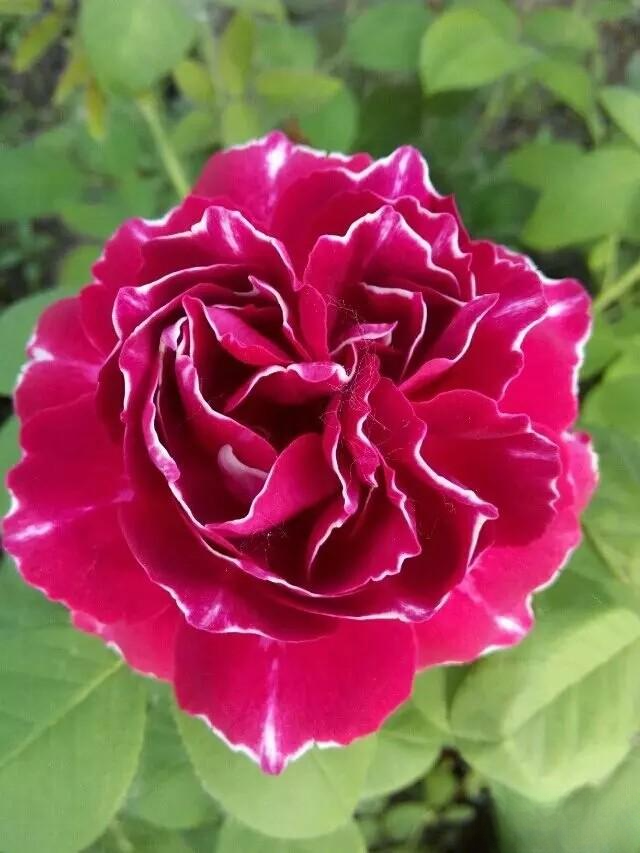
Overall pruning
Climbing roses have long vines. If they are allowed to grow freely, they will not only lose their shape, but also affect their growth and flowering. Therefore, they need to be attached to a prefabricated support frame.
Therefore, one of the tasks of shaping and pruning is to allow it to grow well on the pre-arranged support frame according to the needs of garden landscaping, so as to form a unique ornamental shape and achieve the ideal landscape effect.
Before transplanting, first remove old branches, weak branches, injured branches, diseased and insect-infested branches. After digging the seedlings, the root system must be pruned, old roots and diseased roots must be cut off, and the cross-section of the injured roots must be cut flat to facilitate healing. After the seedlings are planted, they generally need to be pruned more strongly, usually 10 cm near the branches, to nourish the root system first, and then branches can be produced.